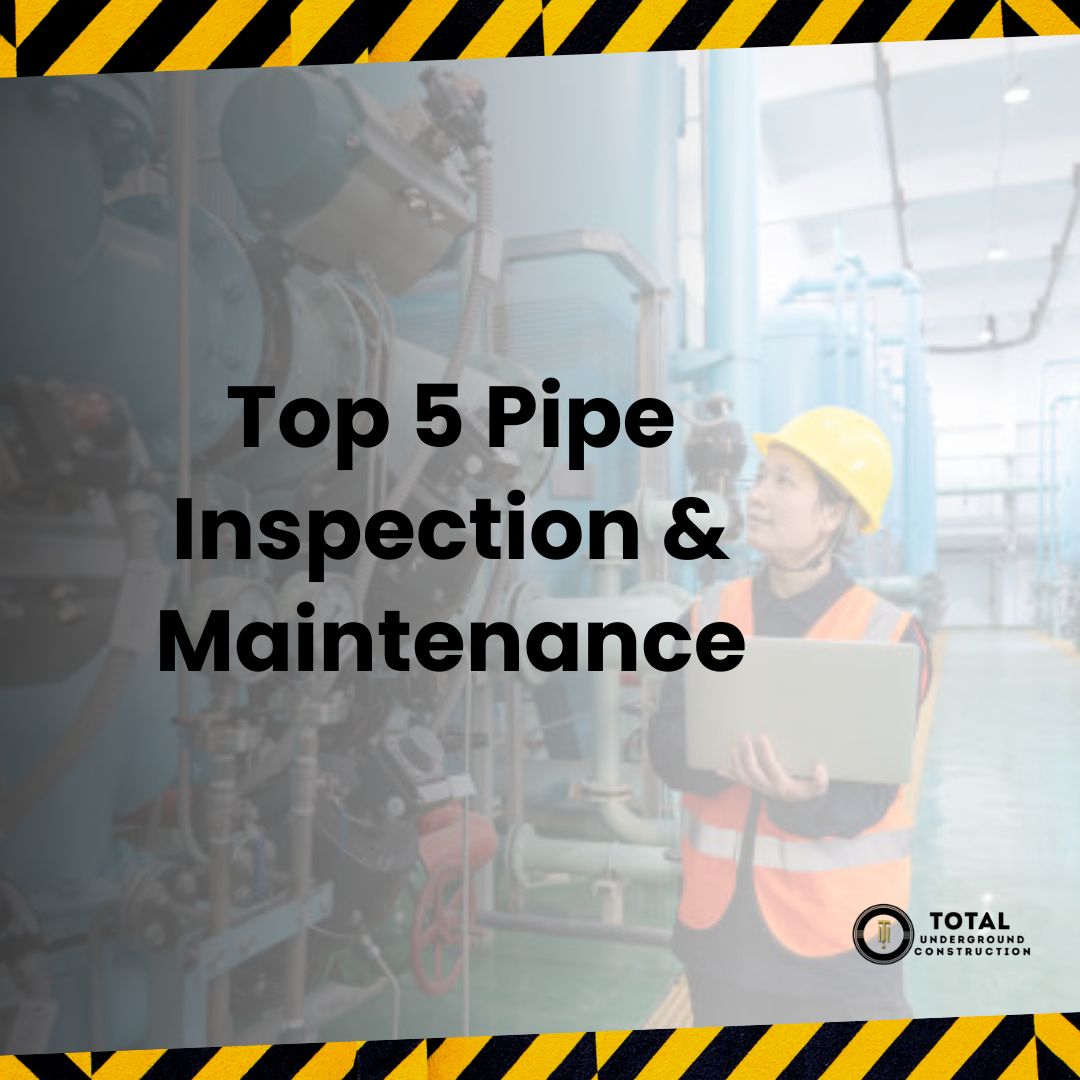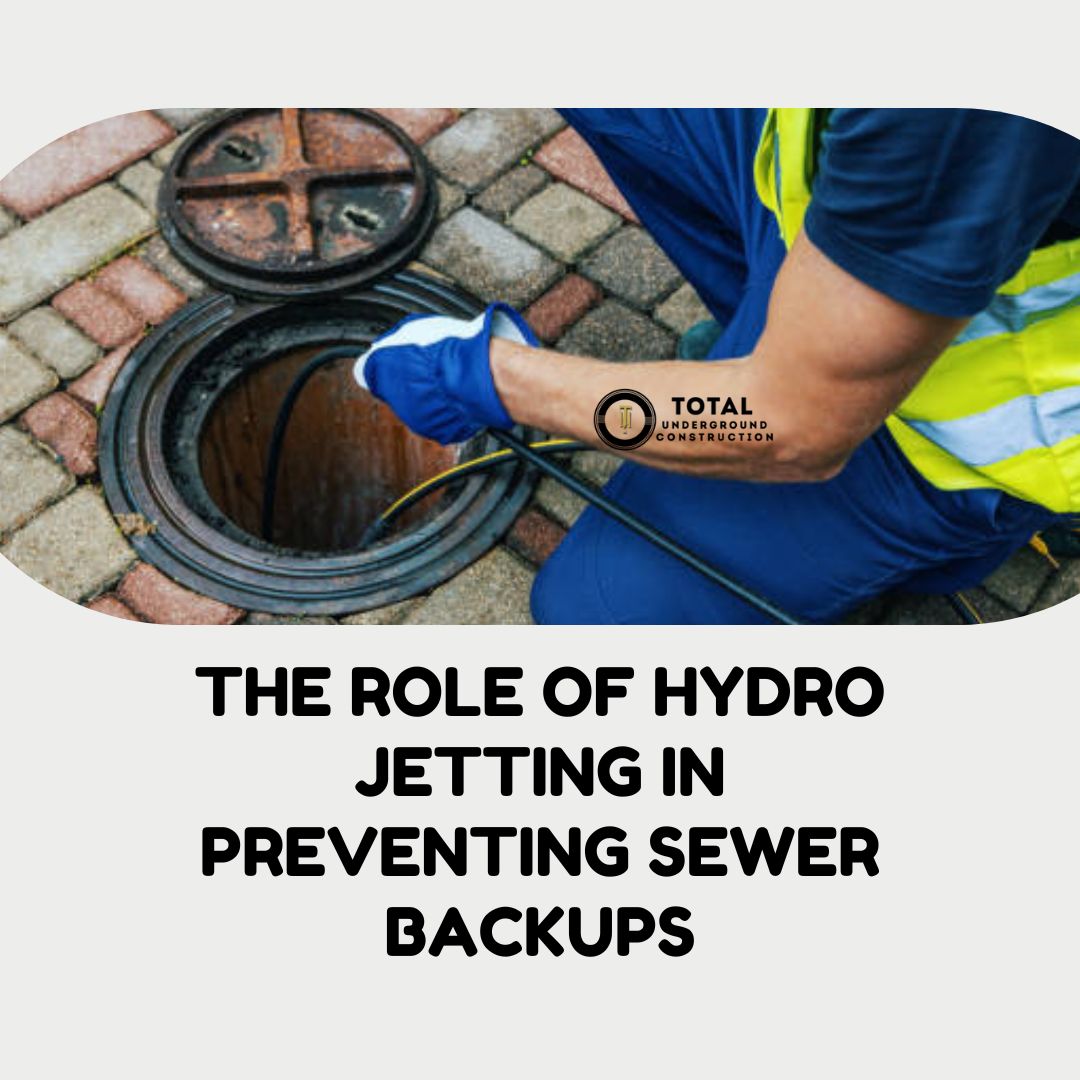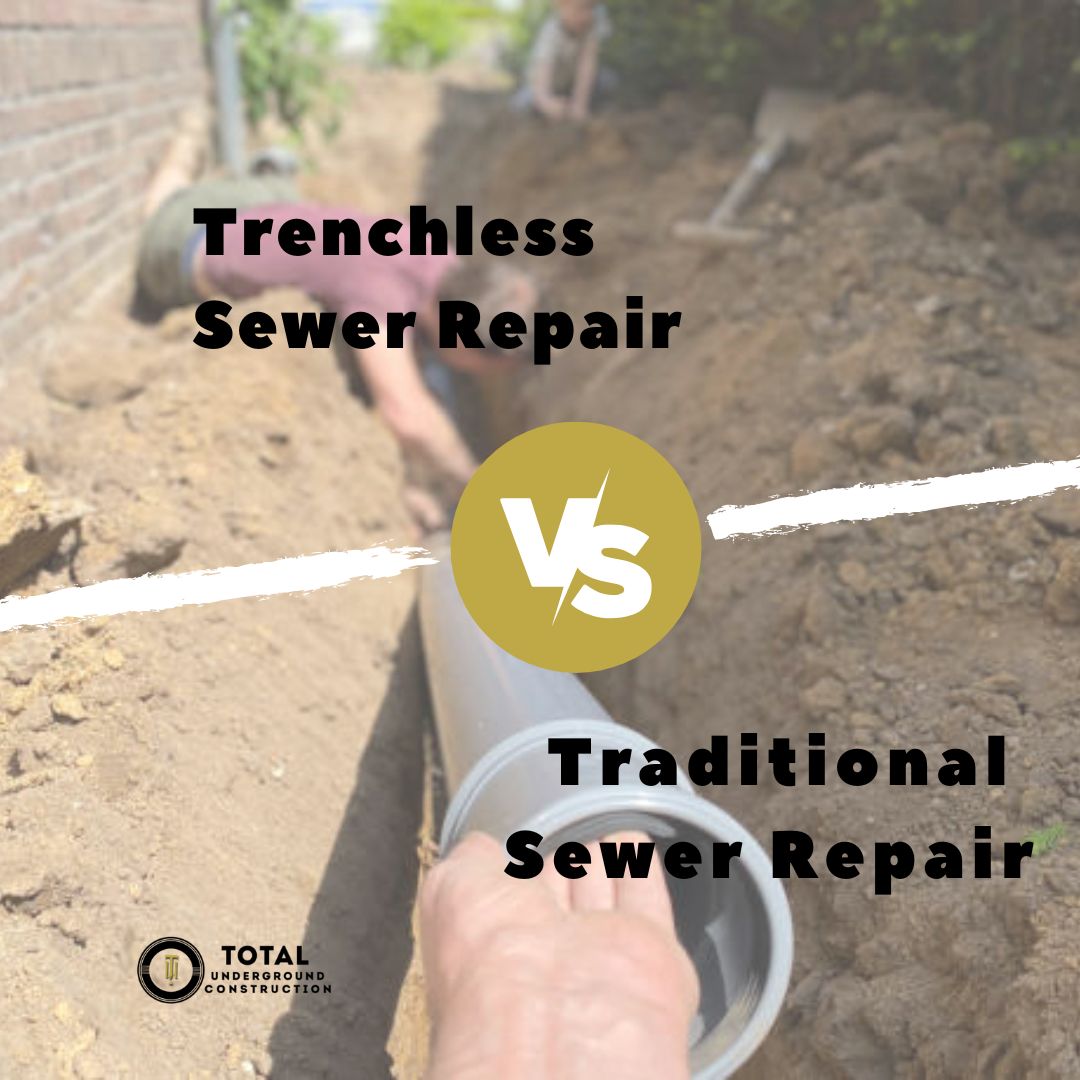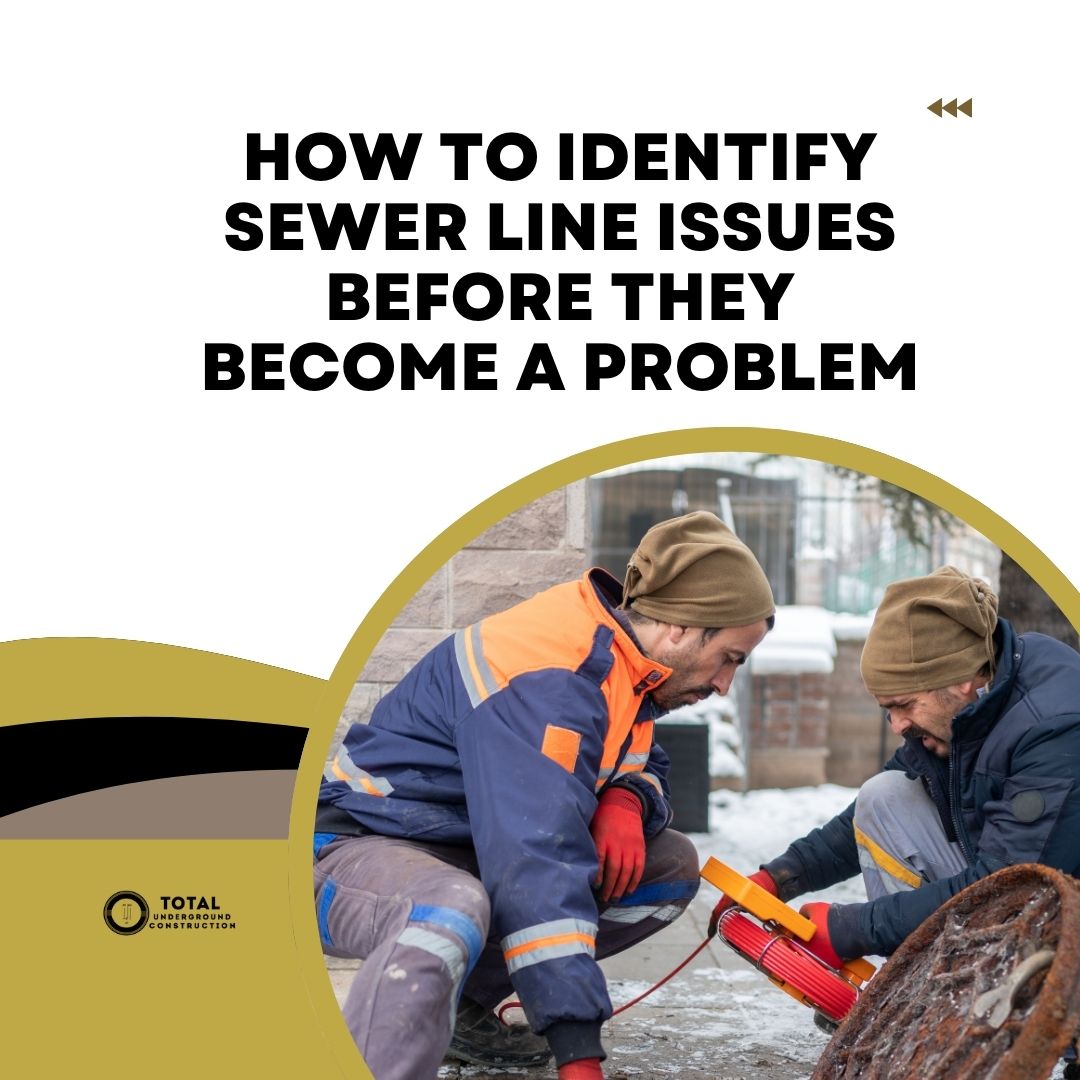A malfunctioning sewer line is not only bad news; it is also every homeowner’s worst nightmare. While it starts with seemingly minor issues, a sewer line backup can interfere with daily activities, including cooking, laundry, and bathing. How can you identify sewer line issues before they wreak havoc on your property?
This article details ways to identify sewer line issues to help you manage main drain pipe problems early before they worsen. Read on to discover.
Table of Contents
- How to Identify Sewer Line Issues Early
- What’s Causing My Sewer Line Problem?
- Get a Plumber to Fix Sewer Issues
How to Identify Sewer Line Issues Early
Detecting sewer line issues early is the key to preventing plumbing nightmares at home. The main sewer pipe takes wastewater from all fixtures in your home, including the kitchen sink, dishwasher, toilet, faucets, showers, and bathtubs. This explains why a broken line is a disaster, and you should arrest it in time.
Here are warning Signs you have a main sewer line problem:
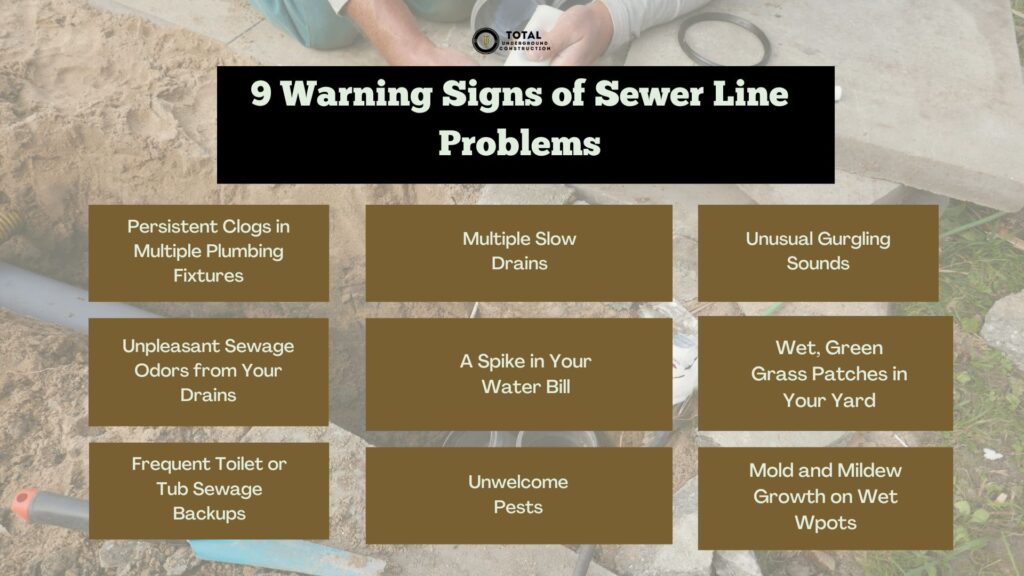
1. Persistent Clogs in Multiple Plumbing Fixtures
While sinks, toilets, bathtubs, or other fixtures clog occasionally, frequent clogging is a sign of a sewer line problem. Further, if multiple fixtures clog constantly and simultaneously, you’re looking at a deeper plumbing issue.
Such recurrent clogs mean there’s a problem with your home’s sewer system connection point. Unfortunately, you can’t often reach the clogged areas easily, hence the need to contact a licensed plumber for a proper diagnosis and resolution.
2. Multiple Slow Drains
Are you struggling with a slow-draining toilet, bathtub, and kitchen sink? It’s not a coincidence. Your sewer line is the common enemy.
An occasional slow-draining issue from a single fixture isn’t a big cause for alarm. However, you’re staring at a serious plumbing problem if more than one of your drains is running slowly. Multiple slow drains signify one major clog-especially in the main sewer- affecting several drains.
Sometimes, your bathtub and sink develop clogs, which end up down your sewer line if they are not checked. To prevent this, use sink or tub strainers, which are useful in keeping off residue, hair, debris, or food particles that can clog your pipes. Ensure you remove clogs before the slow drains turn into an expensive crisis.
3. Unusual Gurgling Sounds
Do you hear bubbling or gurgling sounds from your drains every time you flush the toilet? Does the same happen when running other home appliances, including your dishwasher? These sounds indicate a sewer line issue requiring immediate attention.
Water flows smoothly down your drains when the plumbing system is functioning well. Gurgling sounds show that the water is having difficulties draining due to a potential blockage, and as the water squeezes past the obstruction, the glug-glug sounds you hear increase.
In most cases, tree roots are the main culprits behind pipe blockages. Consider removing the clogs and replacing or repairing your pipes to enhance a healthy plumbing system.
4. Unpleasant Sewage Odors from Your Drains
Foul-smelling drains signify a problem in your sewer lines. Drainage pipes carry waste and wastewater from your home’s toilet, kitchen, shower, and other drains. When your pipes crack or break, sewage water backs up, and sewer gas leaks occur.
Take swift action if the odors intensify every time you flush your toilet, shower, or pour water down your kitchen drain. It’s your sewer line’s cry for help, which you should attend to before it causes serious health issues and a plumbing nightmare.
5. Wet, Green Grass Patches in Your Yard
Lush, wet, ever-green, attractive patches of grass in your yard, especially during dry weather, could indicate a sewer pipe breakage. Sewage water contains rich nutrients, such as nitrogen, that fertilize plants. Therefore, if broken underground pipes leak, they water and enrich the grass around them, causing beautiful patches.

While sewage water is great for plants and grass, it’s dangerous for your health. According to Delaware, untreated wastewater contains harmful bacteria and viruses that cause diarrhea, vomiting, headaches, and lung disease. So, repair or replace your sewer pipes to protect your health and property.
6. Frequent Toilet or Tub Sewage Backups
Your toilets are prone to backups occasionally due to tissue papers. But there’s an underlying sewer line problem if your tub toilet backs up repeatedly.
Toilet backups occur when non-flushable items such as sanitary pads find their way down the drain, causing blockage. Talk to a professional plumber to remove obstructions before your home becomes a flooding zone.
Since your toilet drains into the main sewer, constant backups also point to a malfunctioned sewer system valve. Get a sewer line repair immediately to prevent future backups.
7. Unwelcome Pests
Have you noted an influx of cockroaches and other insects in your home lately? Are there new unwelcome rodents on your property? This is not the usual pest infestation but a sign of a leak or breakage on your sewer lines.
Sewer lines wear and tear over time. They are prone to cracks, breakage, and damage. Rodents and pests take advantage of cracks in pipes to invade your home.
Aside from providing a through pass to your property, damaged pipe leakages offer a favorable environment for pest reproduction. This explains why a sudden increase in bugs, cockroaches, rats, and mice could mean your plumbing system is ailing.
8. Mold and Mildew Growth on Wet Wpots
Mold and mildew reproduce in damp, moisture-filled environments. That said, there’s a high likelihood of water leaks if you notice molds or mildew growing under your kitchen sink, on the ceiling, and in poorly ventilated basements.
Since sewer lines run through your walls, discovering moldy patches on your walls could mean a dripping hidden pipe.
9. A Spike in Your Water Bill
Your water bill is the next thing to check if you can’t identify other obvious signs of plumbing issues. An average home in California spends around $75 in water expenses per month. You’re likely to be having a hidden sewer line issue if there has been an increase in your water bill recently.
Paying a higher-than-usual bill for the same water usage indicates potential leakage. To confirm this, shut off your home’s water and check the meter. Call a plumber to examine your pipes if the water meter continues to spin.
What’s Causing My Sewer Line Problem?
Some common causes of Sewer line issues are below:
- Pipe corrosion: With time, pipes wear and tear due to corrosion causing plumbing problems.
- Tree roots: The infiltration of growing tree roots into sewer pipes causes sewer line issues.
- Clogs: When grease, food particles, hair, soap scum, and non-flushable items accumulate, the clogs lead to blocked pipes.
- Aged pipes: Older clay and cast iron pipes are more vulnerable to deterioration than modern PVC piping. As pipes age, they easily crack and leak, leading to serious sewer line issues.
Overall, identifying sewer line issues before they become a problem saves you time and money. From water bill spikes to moldy walls, backed-up toilets, and smelly drains, learning plumbing issues warning signs prevents serious nightmares.
Get a Plumber to Fix Sewer Issues
What next after you identify sewer line issues? It’s crucial to interpret the signs and seek solutions without delay. Contact a licensed plumber if you notice any of the mentioned signs.
Total UC has a team of expert plumbers ready to diagnose and efficiently resolve any sewer line issues bothering you. Our skilled staff offers affordable plumbing services while putting your comfort and unique needs first. Request a personalized quote online today.

